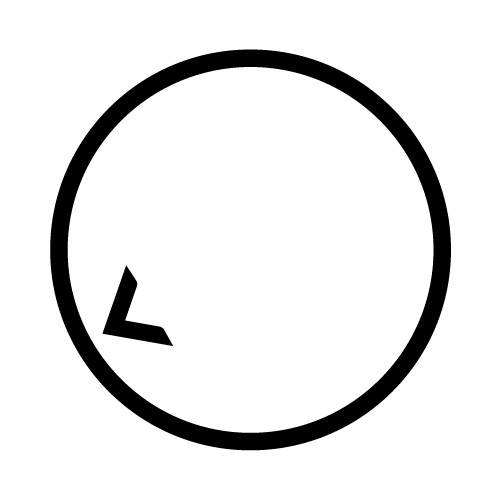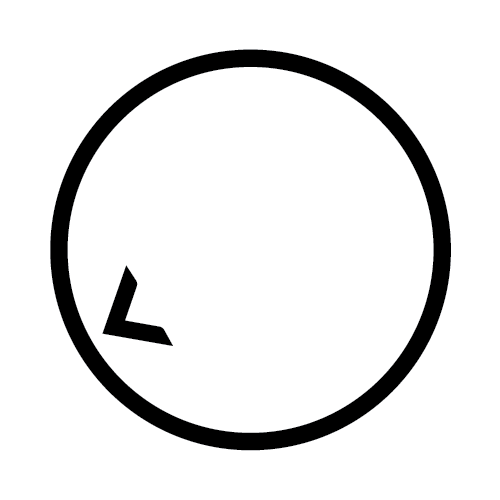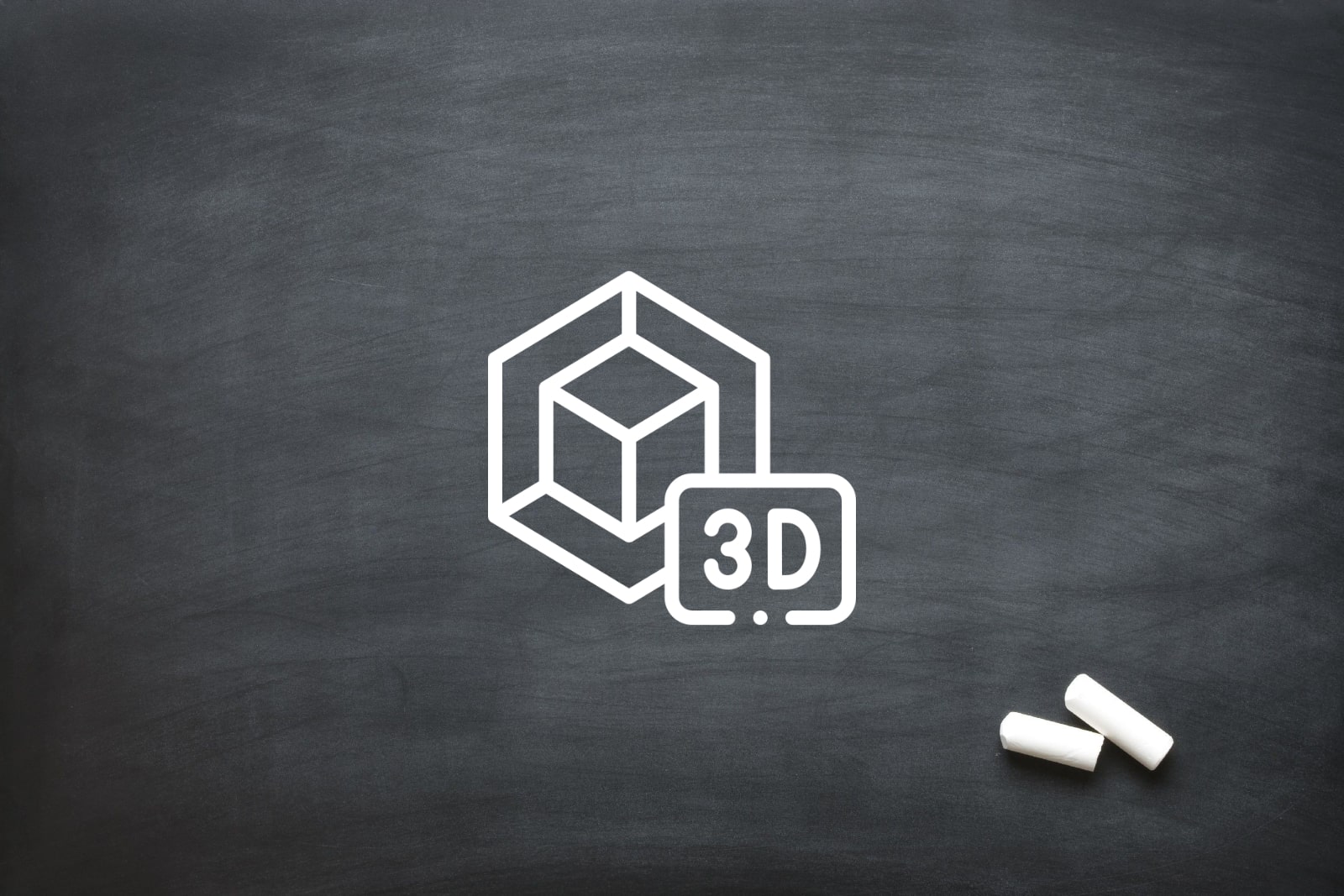
Animation Retargeting For Characters
Animation retargeting has become an essential workflow for 3D animators seeking to maximise creative reuse, streamline pipelines, and adapt animations across a wide variety of character designs. As digital content production scales and character rosters diversify, transferring animations from one skeleton to another presents technical and artistic challenges. These include mismatched bone structures, disproportionate body types, broken foot contact, and disrupted pose fidelity. High-quality animation retargeting enables studios to maintain consistency across projects, save time, and produce natural, believable motion—regardless of the characters involved.
For 3D animators, the complexity lies not only in the mechanical transfer of keyframes but also in preserving the intention and emotional nuance of the original performance. Character skeletons often differ in bone count, orientation, and naming conventions, requiring advanced mapping strategies and cleanup processes to retain integrity. Today’s animation workflows must be agile enough to handle everything from bipedal heroes to stylised mascots, and intelligent enough to adjust dynamically to each unique rig structure. This guide explores how 3D animators can take control of their retargeting process across key areas including skeleton mapping, proportions, foot contact, IK constraints, and automation.
Skeleton Mapping: Matching Bones with Precision
The foundation of animation retargeting is an accurate bone mapping between source and target skeletons. 3D animators must align corresponding bones either manually or with the aid of automated tools to ensure that movements are transferred to the correct anatomical regions. This process can be straightforward when naming conventions match, but more often than not, discrepancies in rig structure require meticulous matching. Chain-based mapping—where entire limb structures such as arms, legs, or spines are aligned collectively—offers a more reliable method, especially when bone counts differ between characters.
Equally important is the use of a consistent rest pose, typically a T-pose or A-pose, to align skeletal orientations and avoid rotation offsets. Misaligned base poses can cause motion offsets and unnatural limb behaviour, especially in high-fidelity animations. When mapping bones, 3D animators should verify hierarchical consistency, ensure symmetry across left and right sides, and test transfer accuracy with sample movements. A well-executed mapping process sets the stage for more advanced retargeting techniques, especially when working across characters of varying proportions.
Dealing with Different Proportions: Scale Intelligently
One of the most frequent hurdles faced by 3D animators is how to adjust animation for characters with different body proportions. A movement that looks smooth and realistic on one character may appear exaggerated or stiff on another with longer limbs or a wider torso. Addressing this challenge requires proportional scaling of animation data based on bone length and segment ratios. This ensures that the overall shape and intention of the movement remain intact even when absolute distances change.
Emerging methods such as body-part-aware retargeting take this a step further by dividing the skeleton into functional regions—like the arms, legs, spine, and head—and adjusting each region independently. This allows for dynamic weighting of joints, resulting in more natural motion even across vastly different skeleton types. These techniques empower 3D animators to reuse animations on stylised or fantasy characters without losing the essence of the original performance. With proportion-aware retargeting, animations not only transfer—they adapt.
Preserving Foot Contact and Pose Integrity
One of the telltale signs of poor retargeting is foot sliding, where a character’s feet unnaturally glide across the ground rather than remaining planted. This issue arises when retargeting pipelines fail to account for ground contact or misinterpret root motion. For 3D animators focused on realism, preserving foot contact is non-negotiable, particularly in walk cycles, jumps, and grounded interactions. Maintaining hand contact during gestures, climbs or interactions with objects is equally critical to performance authenticity.
Contact-aware retargeting techniques embed semantic markers—such as when and where feet touch the ground—into the motion data itself. By doing so, they preserve the temporal and spatial fidelity of these contact points, ensuring that characters remain grounded regardless of morphology. In high-end workflows, these systems also accommodate uneven terrain and self-contact (such as a hand resting on the hip). Implementing contact-aware pipelines allows 3D animators to deliver high-quality animation transfer without spending excessive time fixing contact issues in post.
Cleaning Up Retargeted Animations: Curve and Keyframe Refinement
Even with accurate bone mapping and proportion adjustments, retargeted animations often require further refinement. Small inconsistencies in joint rotation, unintentional jitters, or overextended limbs can compromise the final animation. For 3D animators, this is where cleanup workflows come into play. These include curve smoothing using filters, manual keyframe adjustments, and the use of animation layers for non-destructive edits.
Refinement can involve isolating specific body parts—such as wrists, knees, or the spine—and applying subtle adjustments to preserve the character’s believability. Advanced cleanup workflows also support baking animation data onto control rigs, allowing for the use of inverse kinematics during polish. This step is particularly useful when secondary motion, such as overlapping or drag effects, needs to be added back into the animation. Clean curves and refined poses distinguish amateur retargeting from production-ready results.
Retargeting Constraints and IK Setups
Animation rigs often include custom inverse kinematics (IK) or forward kinematics (FK) setups to control character movement. These constraints do not always transfer cleanly during retargeting. 3D animators must anticipate this by either baking IK movements into keyframes before retargeting or reapplying constraints after the transfer. Failing to do so can lead to broken elbow bends, floating hands, or improper foot placements that break the realism of a performance.
Modern approaches allow for defining IK goals and using constraint-preserving systems that ensure end-effectors—such as hands and feet—remain anchored during complex movements. These systems are particularly important when working with interactions like climbing, object handling, or grounded combat. By maintaining constraint fidelity, 3D animators ensure that the mechanical setup of the target rig doesn’t disrupt the natural flow of the animation.
Batch Retargeting Workflows for Large Libraries
In production environments, it’s not uncommon for 3D animators to handle hundreds of animations that need to be applied across dozens of character models. Manual retargeting in such cases is inefficient and prone to inconsistency. Batch retargeting workflows provide a scalable solution, automating repetitive steps and ensuring uniform quality across entire animation libraries.
Automation involves scripting or procedural workflows that apply pre-defined mapping templates and retarget poses to all animations in a sequence. Contact-aware and body-part-based models can be incorporated into this automation to maintain high standards. For 3D animators managing multi-character projects or expanding asset libraries, investing in batch processing is essential. It drastically reduces turnaround time while maintaining the fidelity and nuance of the original performances.
At Oliver Karstel Creative Agency, we understand the full scope of challenges faced by 3D animators. From advanced skeleton mapping to high-volume batch retargeting, our team builds reliable, creative solutions that preserve the heart of your animations across any rig. Whether you’re working on a cinematic project or developing interactive content, we help bring your characters to life with fluid, believable motion. Contact us today to optimise your retargeting pipeline and elevate your animation workflow.






